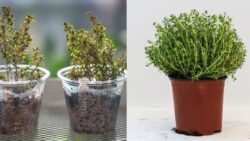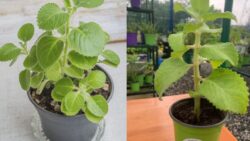U.S. Garden Trend 2025 – Growing dill in plastic baskets has become a fun and eco-friendly trend among American gardeners. This creative approach allows anyone—even without a yard—to enjoy fresh herbs all year long right from their balcony, patio, or kitchen window.
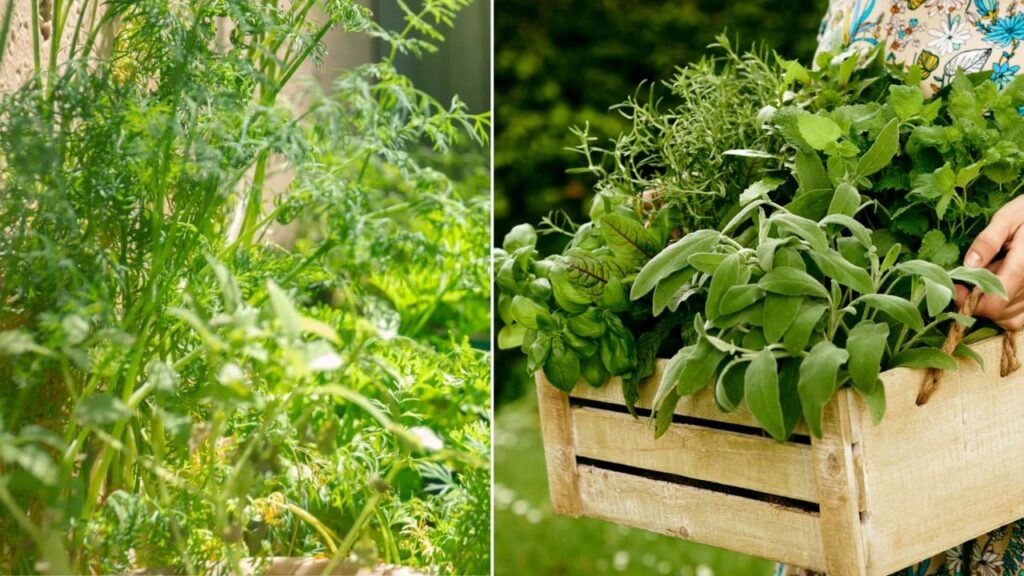
Why Growing Dill in Plastic Baskets is Trending in the U.S.
The year 2025 has seen a massive rise in small-space gardening ideas across the U.S. Dill is a light, aromatic herb that thrives easily with minimal effort, making it perfect for home growers. Plastic baskets provide great drainage, portability, and reuse value, aligning perfectly with the sustainability goals of modern households.
- Eco-conscious gardeners love this zero-waste approach.
- Perfect for urban apartments with limited space.
- Offers fresh dill harvests without soil mess.
- Encourages organic home gardening practices.
Benefits of Growing Dill at Home
Growing dill in baskets isn’t just practical—it’s rewarding! You get a continuous supply of fresh herbs while saving money on store-bought packets. The plant grows fast and can be harvested within weeks. Moreover, the scent of dill keeps certain insects away, acting as a natural pest deterrent.
- Low maintenance and fast-growing herb.
- Requires only moderate sunlight and watering.
- Can be placed on balconies or windowsills.
- Great addition to salads, soups, and pickles.
Step-by-Step Guide to Grow Dill in Plastic Baskets
- Step 1: Choose the Right Basket
Select a medium-sized plastic basket with holes or gaps that allow air circulation and water drainage. Avoid airtight containers as dill roots prefer a well-ventilated setup. Line the base with a thin layer of coco peat or a reusable liner to hold the soil in place.
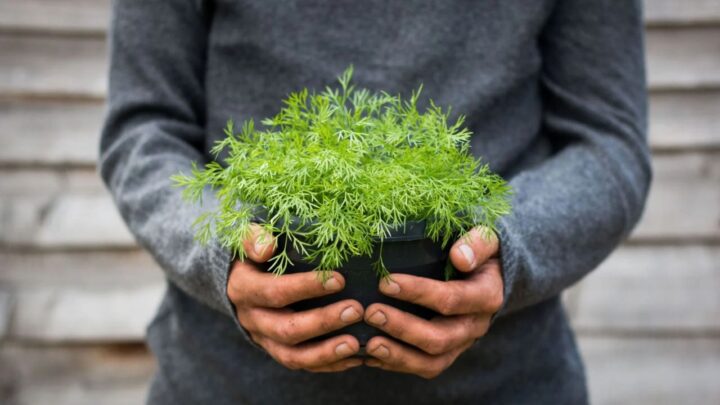
- Step 2: Prepare the Soil Mix
Use a light, nutrient-rich mix made of compost, coco peat, and garden soil in equal parts. Dill doesn’t like soggy conditions, so make sure the mix is loose and crumbly. Add a bit of organic fertilizer before sowing the seeds for better initial growth.
- Step 3: Sow the Seeds Properly
Sprinkle dill seeds evenly across the soil surface and lightly cover them with a thin layer of soil. Mist the top gently with water to settle them in place. Avoid overwatering, as excess moisture can cause the seeds to rot before germination.
- Step 4: Place in a Sunny Spot
Dill needs at least 5–6 hours of sunlight daily. Keep your basket on a balcony or near a sunny kitchen window. If you live in a colder region, move the basket indoors during frosty nights to protect young seedlings.
- Step 5: Water and Maintain Regularly
Water only when the top layer feels dry. Too much water can cause yellow leaves or fungal growth. Trim the plant occasionally to promote fresh sprouting and prevent it from flowering too soon.
- Step 6: Harvest at the Right Time
In about 6–8 weeks, the dill leaves will be ready to harvest. Use scissors to snip the top leaves, leaving at least 4 inches of the plant intact. This allows it to regrow naturally for multiple harvests throughout the season.
Extra Tips for Healthy Dill Growth
- Rotate the basket weekly for even sunlight exposure.
- Mix in a few companion plants like basil or mint to repel pests.
- Use diluted organic fertilizer once every 3 weeks.
- Prune regularly to encourage leafy regrowth.
- Collect seeds after flowering for next season’s planting.
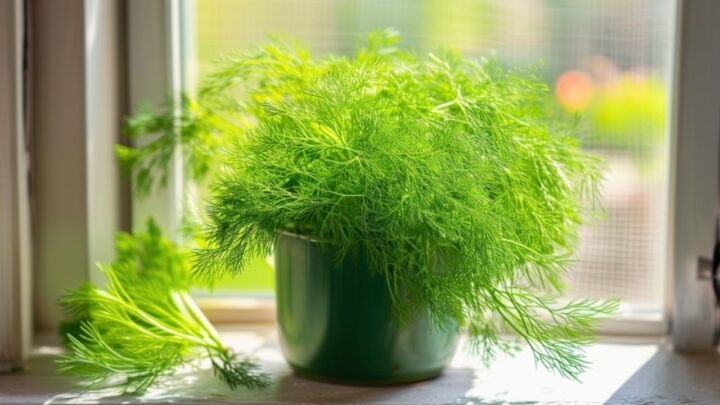
FAQs
Can dill grow indoors all year round?
Yes, dill can grow indoors if placed in a well-lit area. Ensure it receives at least 5 hours of light daily, either through sunlight or a grow lamp.
How often should I water dill plants?
Water only when the soil surface feels dry. Overwatering can lead to root rot, especially in plastic containers.
Do I need fertilizer for dill?
A mild organic fertilizer every few weeks is enough. Dill generally grows well even with minimal feeding.
Can I reuse the same plastic basket next season?
Absolutely! Just clean and sanitize it before refilling with fresh soil to prevent disease buildup.
Growing dill in plastic baskets is a small but powerful way to reconnect with nature. Every green sprout you nurture adds freshness to your meals and positivity to your home. Start your own basket garden today—it’s easy, rewarding, and truly therapeutic!

